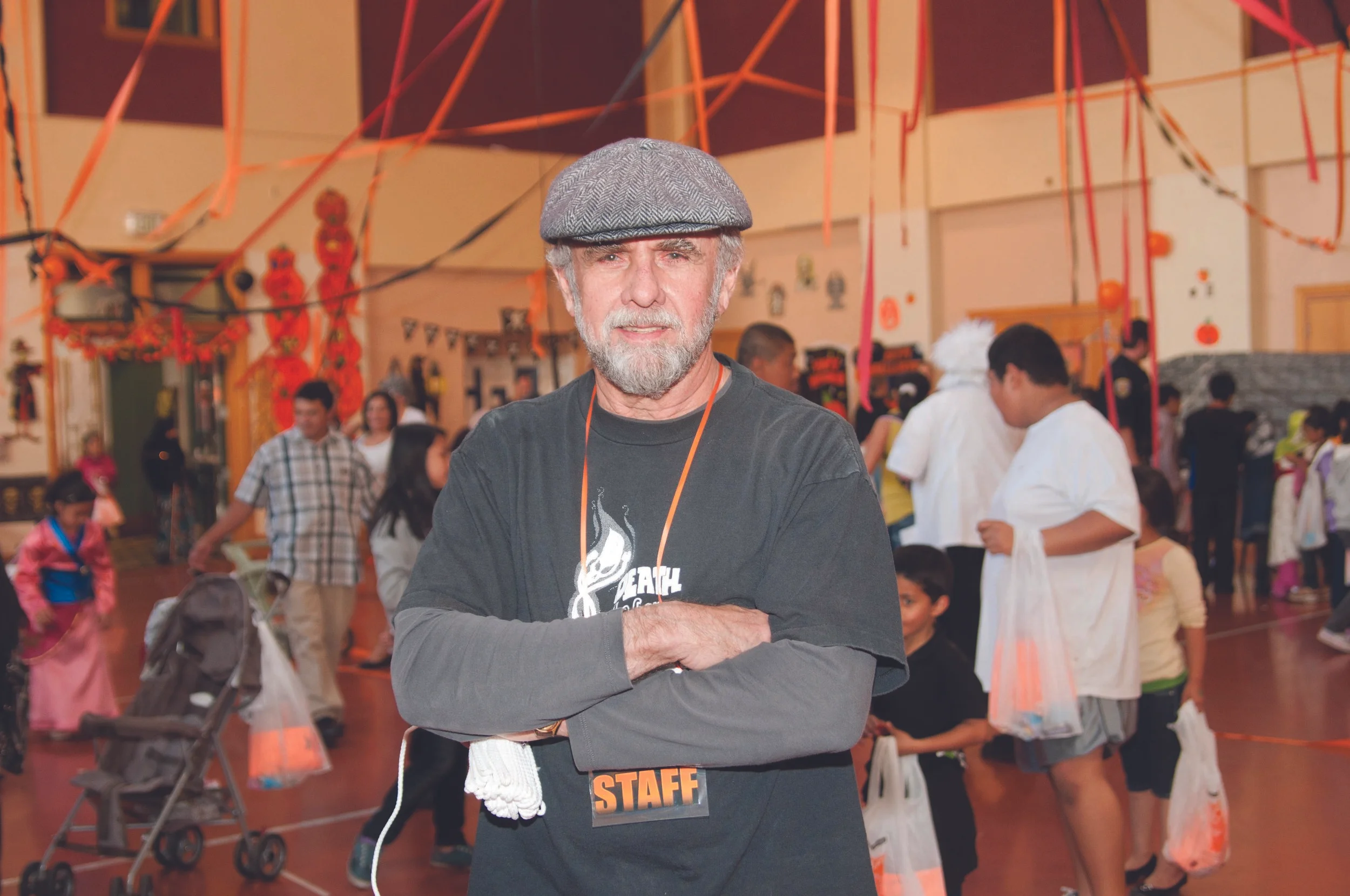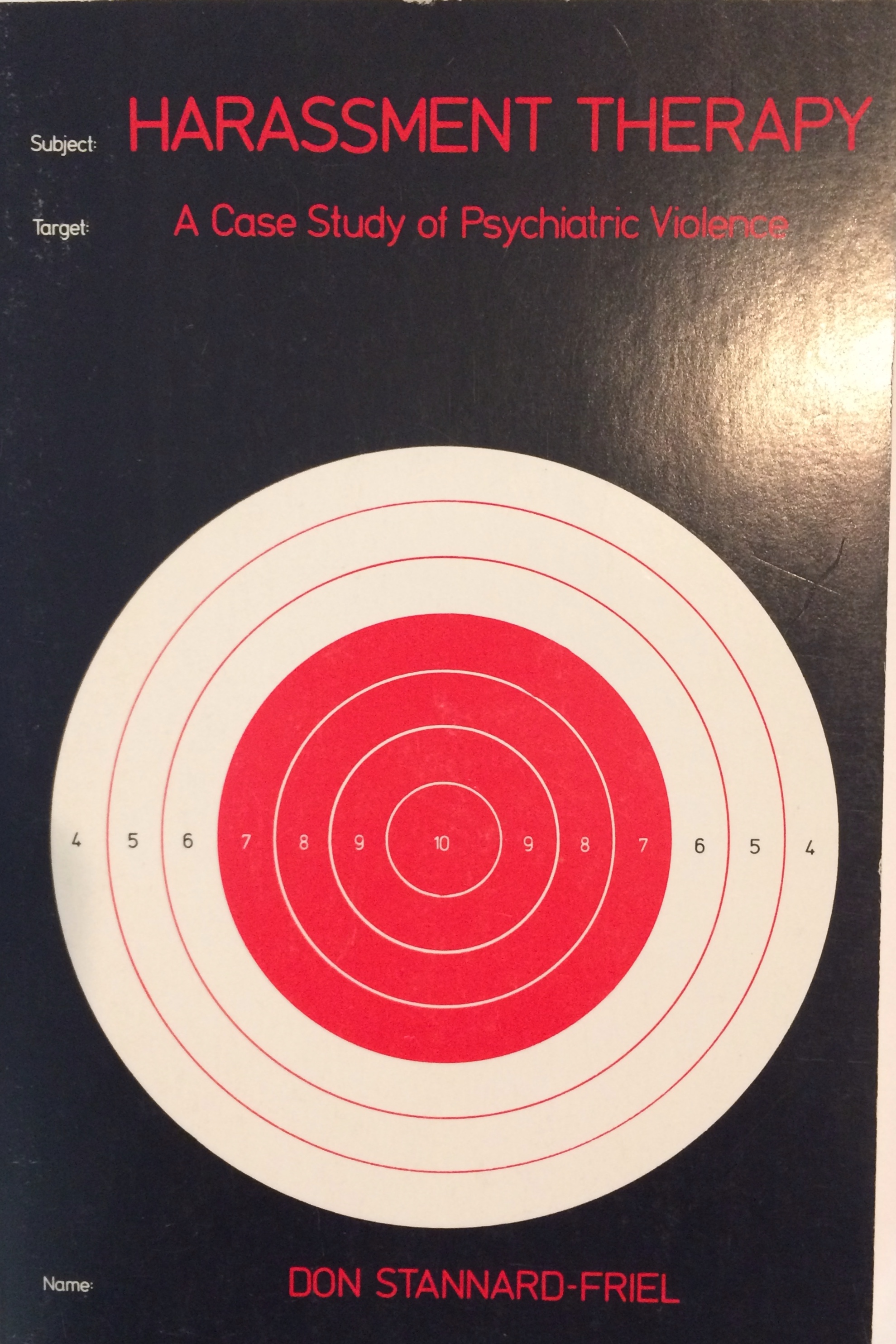Don Stannard-Friel
“Halloween in the Tenderloin” Photo: Richard Rossi/NDNU Today
I write about worlds that I have immersed myself in. My nonfiction books include Street Teaching in the Tenderloin: Jumpin’ Down the Rabbit Hole (Palgrave Macmillan, 2017), about my twenty years teaching community-based learning classes in San Francisco’s most inner-city neighborhood; City Baby and Star: Addiction, Transcendence and the Tenderloin (University Press of America, 2005), an ethnographic study of two female, criminal drug addicts, one who overcame her past and one who did not; and Harassment Therapy: A Case Study of Psychiatric Violence (GK Hall/Schenkman Pub. Cos, 1981), a legal and social analysis of a brutal treatment program, based on participant observation research done during the five years that I worked on the locked psychiatric wards that served the Haight Ashbury in the closing years of the 60s cultural revolution. I am currently completing The Abraham Chronicles, works of magical realism/autobiographical fiction, which currently consists of Abraham’s Dance (completed), Abraham’s Dead, Hallelujah! (completed), and Once Known as Abraham (in progress), that address social, political, philosophical, and cultural issues, specifically, the treatment of the “mentally ill,” placement of traumatized refugees from war-torn nations in American ghettos, the struggle to survive in an increasingly ecologically devastated world, and acceptance of the scientific paradigm as if it was the only legitimate perception of reality.
From a review of Street Teaching in the Tenderloin: Jumpin’ Down the Rabbit Hole
The idea of bringing the classroom to the community—literally walking the streets and talking to its residents—moves the concept of service-learning to a different level in higher education. Have you ever wondered what the classroom would be like when it is completely flipped into the community? How would service-learning look when it is conducted in the community space rather than the four walls of the classroom? What would the classroom environment be when students engage with community members by walking the streets of the community, meeting with “street teachers,” and listening to the sounds of reality delivered by stark poverty and complex community issues? In Don Stannard-Friel’s compelling book Street Teaching in the Tenderloin, you enroll in his class and take such a journey.
Patrick M. Green, founding director of the Center for Experiential Learning and clinical instructor of experiential learning, Loyola University Chicago in Journal of Higher Education Outreach and Engagement, (2017), Volume 21, Number 4



